Top 20 Attractions in Beirut
Beirut, the beautiful capital of Lebanon, is one of the most charming and captivating cities in the Middle East. This modern city effortlessly blends rich history with an endless vibrancy, making it a unique travel destination. In this article, we’ll take a closer look at the top tourist attractions that add a special charm to Beirut.
Zaitunay Bay
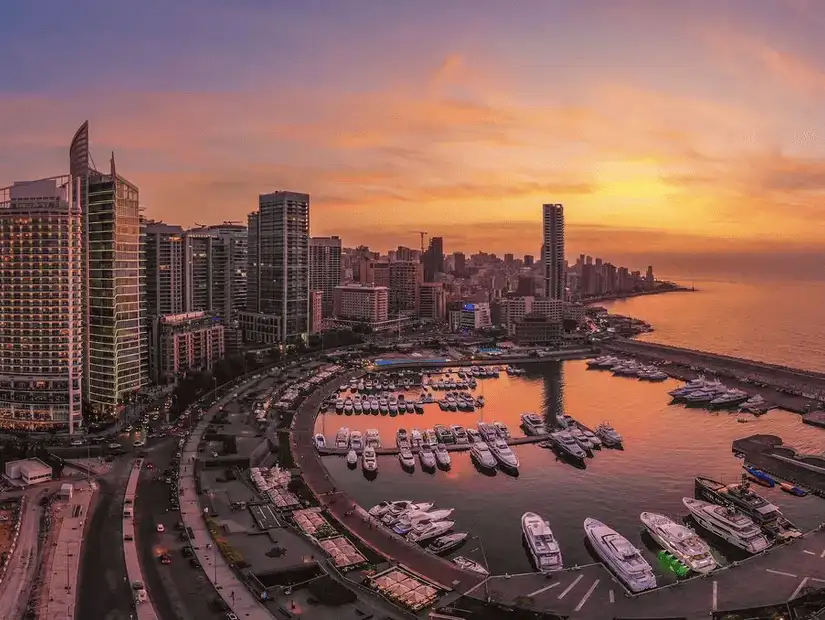
Zaitunay Bay in Beirut is a luxurious entertainment destination located at Beirut Marina. It features a wide variety of restaurants, cafés, and retail stores. The upper and lower promenades make it a lively area where visitors can enjoy diverse dining experiences and participate in cultural events, music concerts, and exhibitions, making it a popular destination for locals and tourists alike.
Best time to visit: We suggest visiting just before sunset or in the evening.
Corniche Ain Mreisse
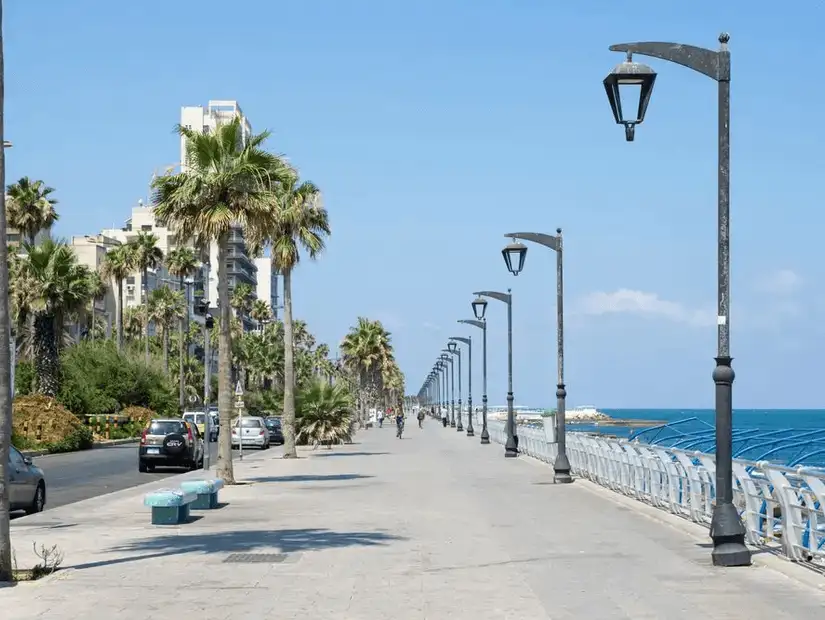
Corniche Ain Mreisse is a beautiful coastal area stretching along Beirut’s Mediterranean shoreline. It is a perfect place for walking or cycling while enjoying stunning sea views. The corniche is lined with cafés and restaurants offering delightful dining experiences with panoramic views, making it a hub for leisure and cultural activities. Visitors can also enjoy various festivals and events held in the area.
Best time to visit: Early morning for a refreshing walk and to breathe in the fresh air.
Gemmayzeh
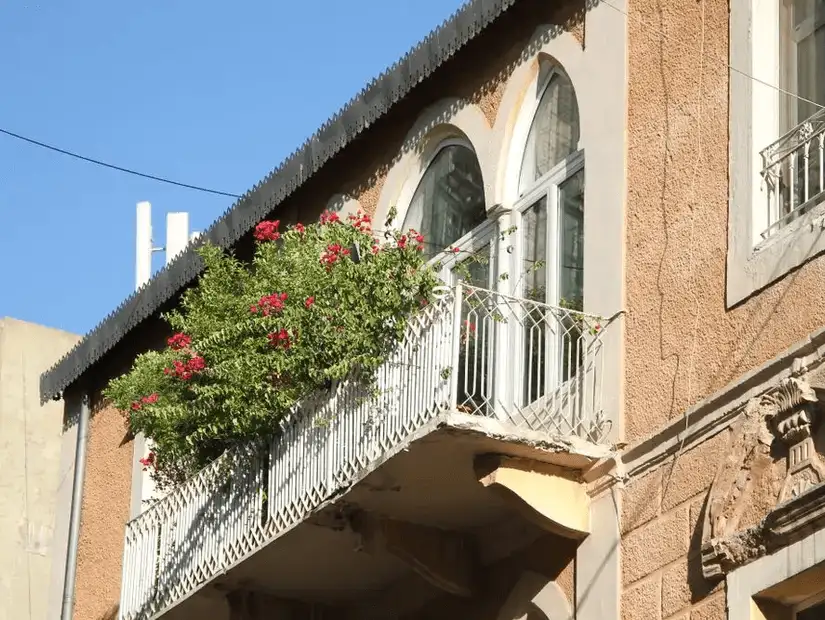
Gemmayzeh is one of the most vibrant neighborhoods in Beirut. It serves as a cultural and shopping hub for the city. The street is known for its blend of trendy boutiques, upscale cafés, and restaurants, attracting both locals and tourists. With a variety of luxury stores and global brands alongside smaller local markets and artisan workshops, it’s a great place to explore the city's creative vibe.
Hamra
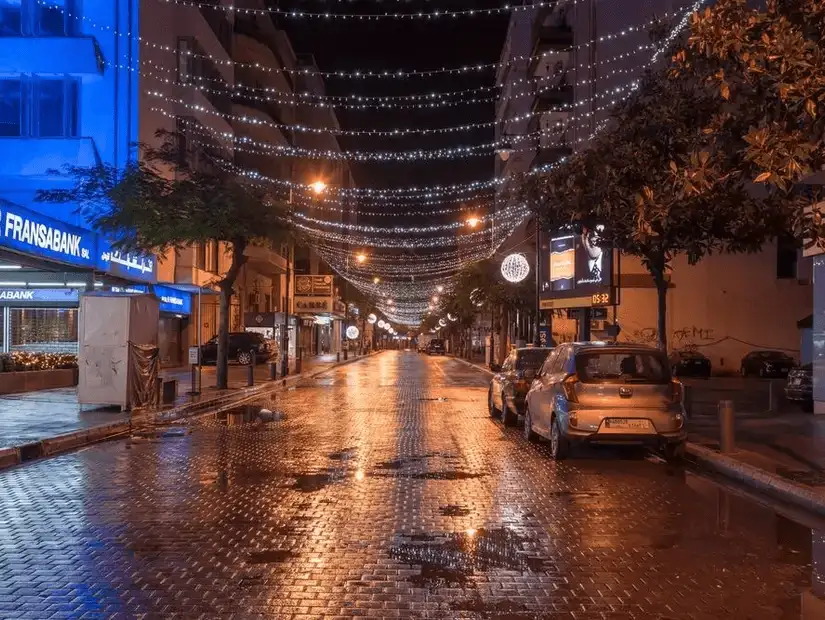
Hamra in Beirut is a lively center that combines shopping, dining, and culture. It features a diverse range of shops, from high-end stores to traditional markets, offering a unique shopping experience. The street is also home to a variety of restaurants and cafés serving a wide array of cuisines, making it a fantastic spot to enjoy a meal while soaking in the city’s atmosphere. Hamra Street is also a cultural hub, hosting various events and exhibitions.
Raouche Rock (Pigeon Rock)
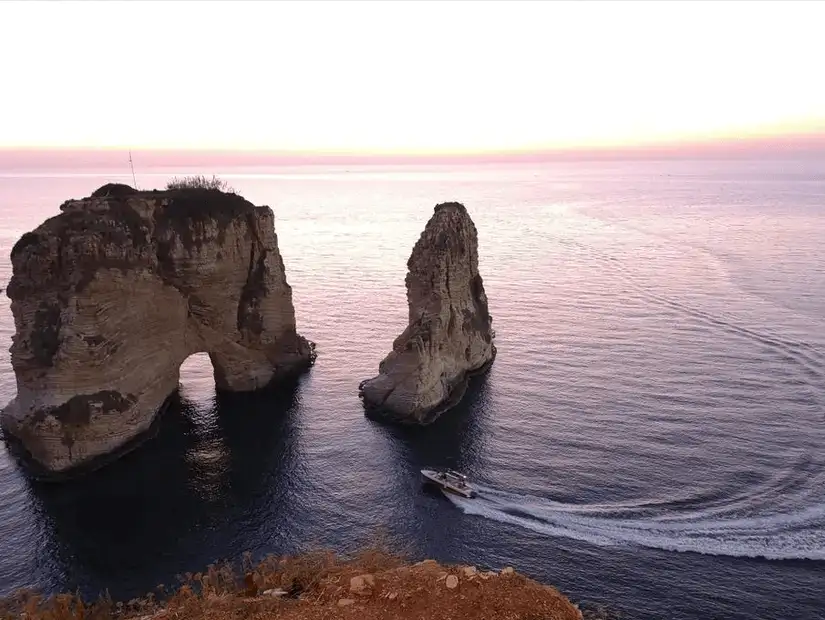
Raouche Rock, also known as Pigeon Rock, is a natural rock formation off the coast of Beirut. It is one of the city’s most famous landmarks due to its unique shape and height above sea level. Over time, the waves have sculpted these rocks, creating a striking landscape. The area is named after the abundance of pigeons found here.
Place de l'Étoile (Nejmeh Square)
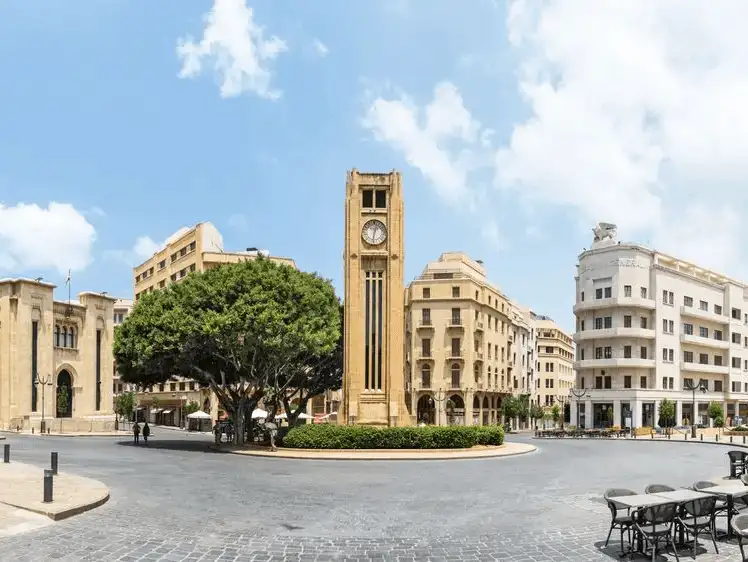
Located in the heart of downtown Beirut, Nejmeh Square is a central area near the Mohammad Al-Amin Mosque and Beirut Souks. It’s surrounded by streets lined with restaurants offering both Eastern and Western cuisines. After its renovation following the Lebanese Civil War, the square has become a popular attraction for locals and tourists alike.
Martyrs’ Square
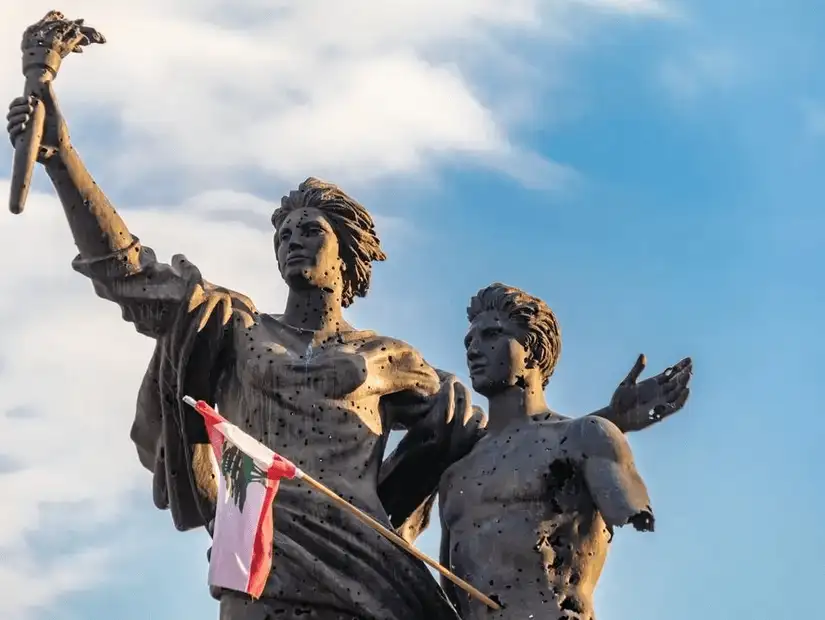
Martyrs’ Square in Beirut is a significant historical and political site, reflecting key moments in Lebanon’s history. The square features a monument commemorating the Lebanese individuals executed in 1916, crafted by Italian sculptor Marino Mazzacurati. Opened in 1960, Martyrs’ Square is now surrounded by important buildings and symbolizes the Lebanese people’s resilience and fight for freedom and independence.
Gebran Khalil Gebran Park
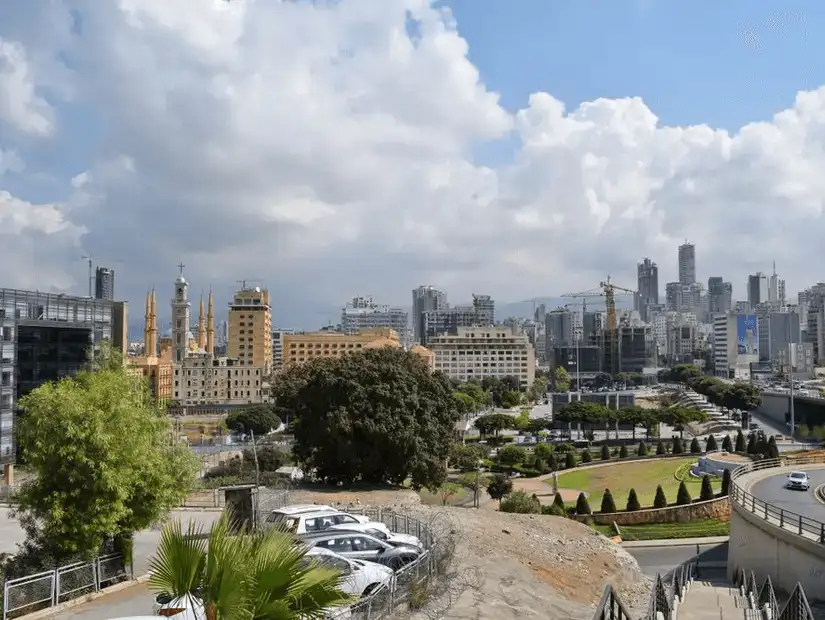
Located in the heart of Beirut, Gebran Khalil Gebran Park is one of the city’s most beautiful tourist spots. Named in honor of the renowned poet Gebran Khalil Gebran, the garden is an ideal destination for families and friends, offering excellent recreational facilities. Visitors can enjoy light meals and a variety of beverages at a small café in the garden while savoring traditional Eastern and Western desserts. The picturesque scenery also makes it a great spot for capturing memorable photos.
St. Nicolas Stairs
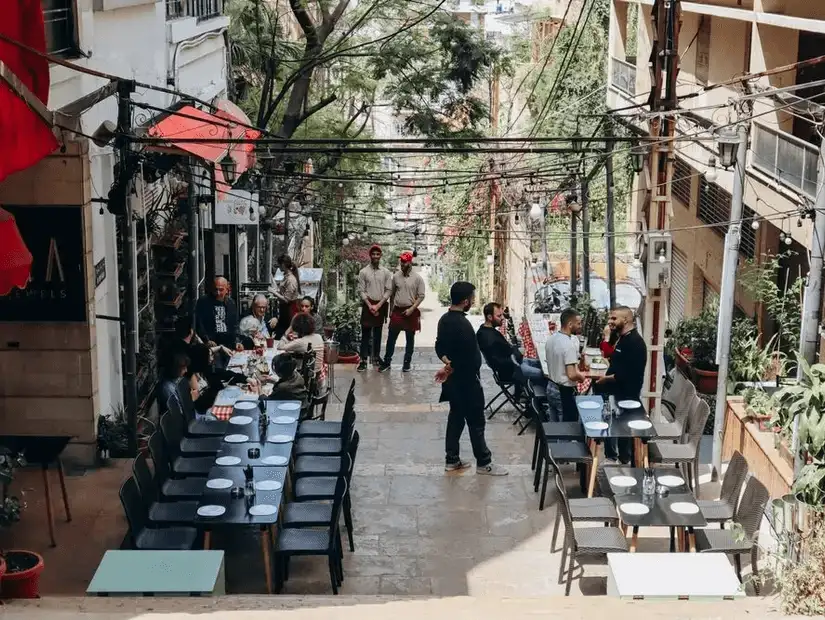
St. Nicolas Stairs is the largest and most famous among the many staircases connecting the neighborhoods of Gemmayzeh and Mar Mikhael/Achrafieh. It is a popular place for artists and street vendors, offering cafés and gift shops on every corner. You can climb the stairs starting from Gemmayzeh Street, passing through them to reach the Sursock Museum.
Mohammad Al-Amin Mosque
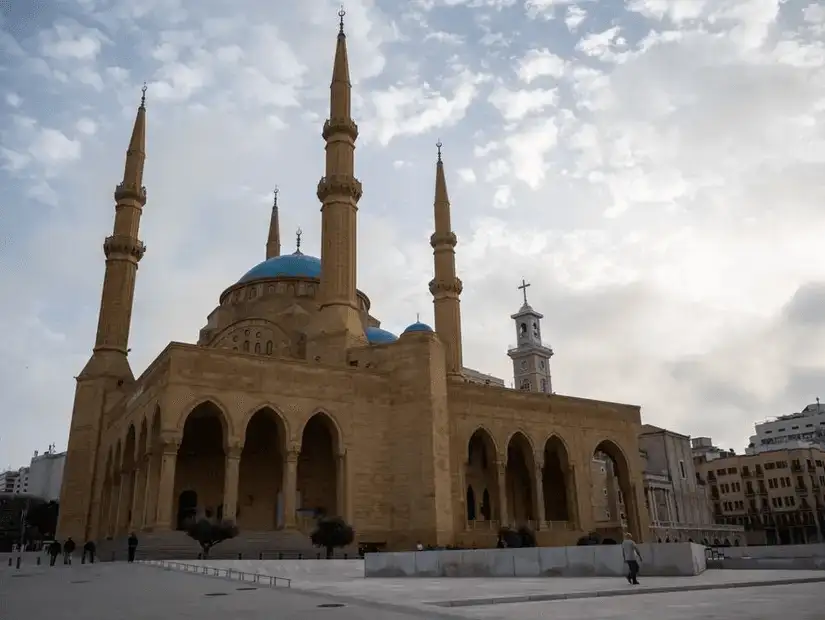
Located between Martyrs’ Square and Riad El Solh Square, Mohammad Al-Amin Mosque is an architectural marvel, characterized by Islamic, Ottoman, and Arab designs. The mosque's blue dome covers the entire space, and its four minarets are visible from afar. The mosque can accommodate around 5,000 worshippers, making it the largest prayer center in Beirut. It was named in honor of Prophet Mohammad (PBUH). The mosque’s history dates back to a small Sufi corner established in 1853, later expanded into the mosque seen today thanks to the late Prime Minister Rafic Hariri.
Beirut Souks
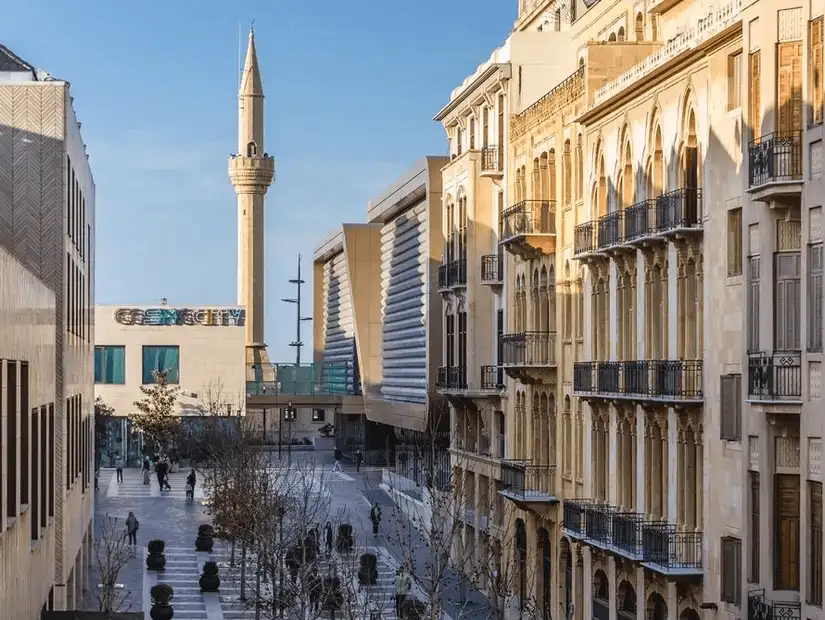
For an immersive Beirut experience, we recommend visiting the Beirut Souks. If you’re looking for a great shopping experience, this is the place to be, offering a wide selection of international brands and markets.
ABC Achrafieh Mall
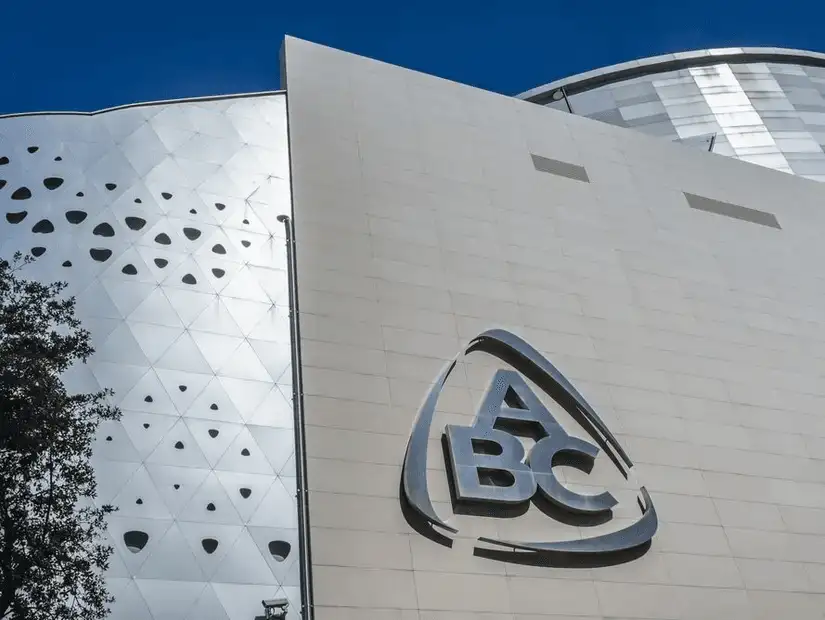
For over 85 years, ABC has been a retail pioneer in Lebanon. Established in 1936, ABC was the country’s first department store, known for introducing fixed prices and employing women. Today, ABC has seven branches, including three major malls combining shopping, dining, and world-class entertainment. ABC continues to reinvent itself, offering visitors a unique leisure experience.
Operating hours: Daily from 10:00 to 22:00
Saifi Village
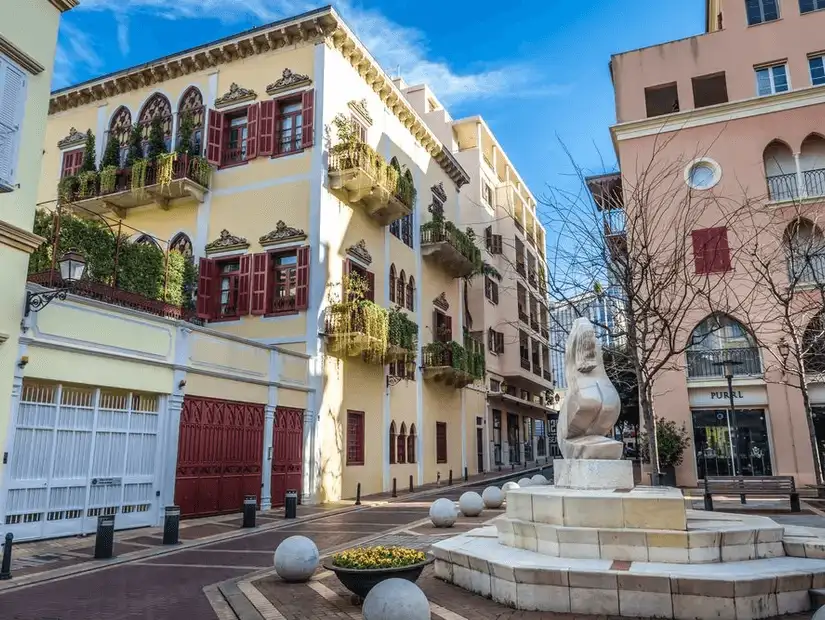
Saifi Village is known for its well-preserved buildings featuring a beautiful blend of European and Lebanese architecture. While the area isn’t large, the colorful structures are truly eye-catching and make for great photo opportunities.
Al-Omari Grand Mosque
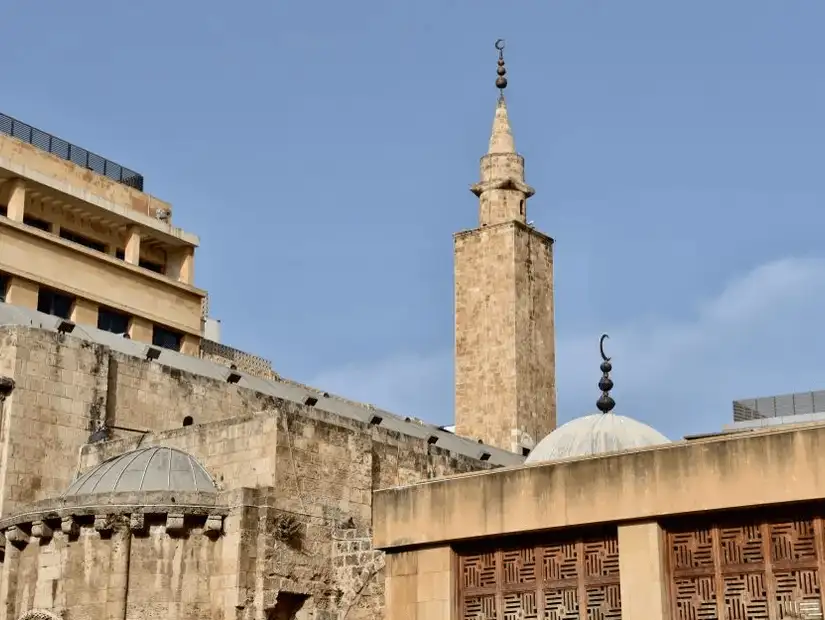
The Al-Omari Grand Mosque is located in the heart of downtown Beirut. Originally a Roman temple, it later became a Roman bath, then a cathedral, and was finally converted into a magnificent mosque. Despite being located in a restricted area, tourists can access the mosque and admire its beautiful Roman foundations.
National Museum of Beirut
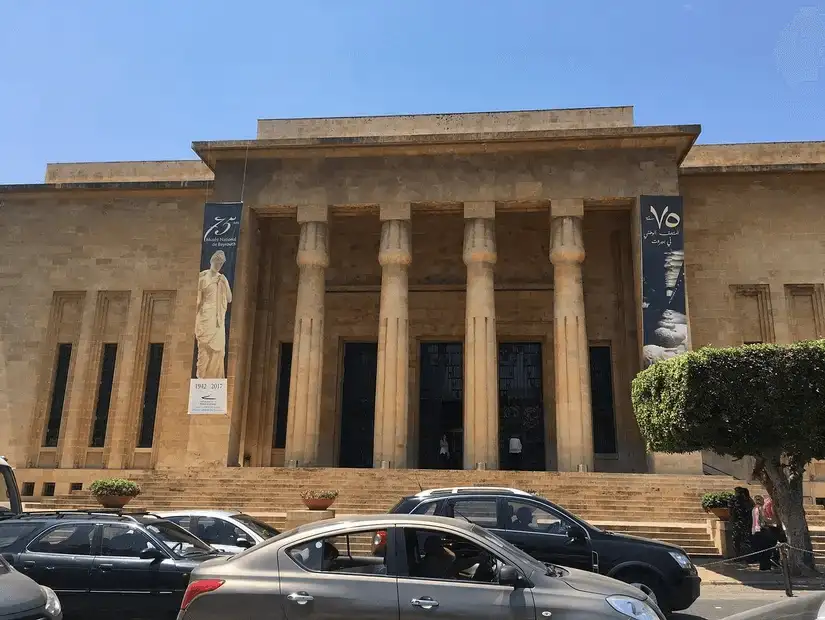
Founded in 1942, the National Museum of Beirut closed its doors in 1975 due to the onset of the Lebanese Civil War. A major restoration project began in 1995, with the ground floor reopening in 1997 and the first floor in 1999. The museum has since hosted special events, including the opening of the Maurice Chehab Hall in 2011 and the reopening of the basement in 2015. The museum offers educational activities for schools and hosts special events such as “Museum Night” and “International Museum Day.”
Operating hours: Daily from 10:00 to 15:00
Nicolas Sursock Museum
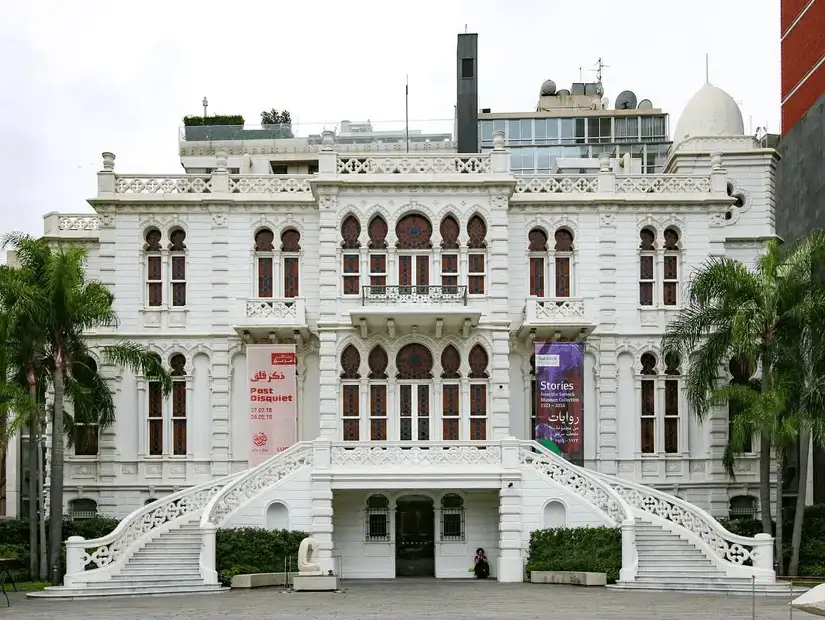
Founded in 1868, the Sursock Museum is a beacon of art in Lebanon, established through the will of its founder, Nicolas Sursock. After his death in 1952, Sursock’s mansion was bequeathed to the Lebanese people, and in 1961, the museum opened its doors, showcasing contemporary art. The museum remained open throughout the Lebanese Civil War and was renovated and expanded in 2008, reopening in 2014.
Operating hours: Wednesday to Sunday from 10:00 to 18:00
Admission: Free
American University of Beirut (AUB) Museum

Established in 1868, the AUB Museum is the third oldest museum in the Near East, with collections from seven countries including Lebanon, Syria, and Egypt. The museum underwent major renovations in 1999 and reopened in 2006.
Operating hours: Daily from 09:00 to 17:00 (Closed on weekends)
Admission: Free
Sanayeh Park
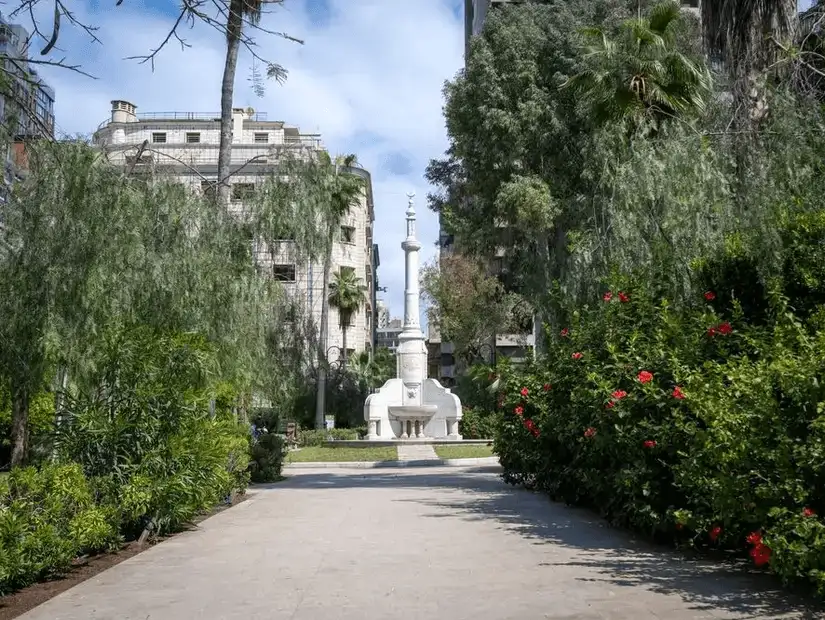
Sanayeh Park is one of Beirut’s largest and most beautiful parks, perfect for those seeking nature and tranquility. The park offers various recreational activities, making it a favorite spot for visitors of all ages. The park’s lush greenery and scenic views make it ideal for a stroll, jogging, or simply relaxing on one of the many benches while admiring the beautiful ponds and trees.
Operating hours: 06:00 to 18:00
Beit Beirut Museum
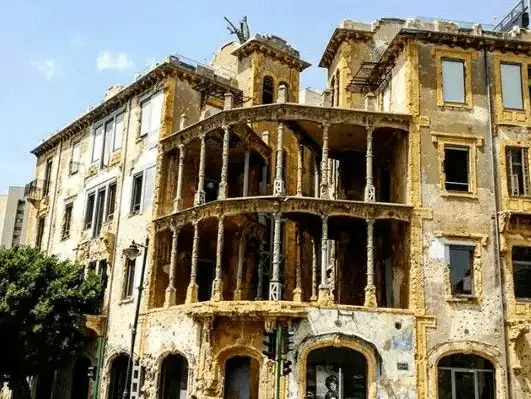
Built in 1924 by architect Youssef Afandi Aftimos, Beit Beirut, also known as "The Yellow House," is a unique civil and war monument. Its distinctive yellow sandstone and neo-Ottoman architecture make it a historical landmark at the intersection of Damascus Road and Independence Street. Beit Beirut once served as a sniper's outpost during the Lebanese Civil War, and today it stands as a testament to that period of history.
Operating hours: Wednesday to Sunday from 12:00 to 20:00
Mim Mineral Museum
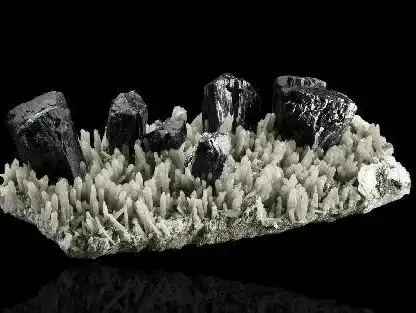
If you're interested in minerals, a visit to the Mim Museum is a must. The museum features stunning crystal formations with a phosphorescent glow, making it a unique educational and recreational experience for visitors of all ages. Don't miss the "Crystal Hunters" film, which offers a fascinating insight into the world of minerals.
Operating hours: Tuesday to Sunday from 10:00 to 13:00 and from 14:00 to 18:00
Admission: Free for students and children under 18, 10,000 LBP for adults
In conclusion, Beirut is a city that offers much more than just tourist landmarks. Its beauty lies in the unique fusion of history and modernity, and its ability to blend tradition with innovation. Beirut remains a must-visit destination on any travel itinerary, so pack your bags and take advantage WINGIE’s exclusive deals to find the cheapest flights to Beirut!

